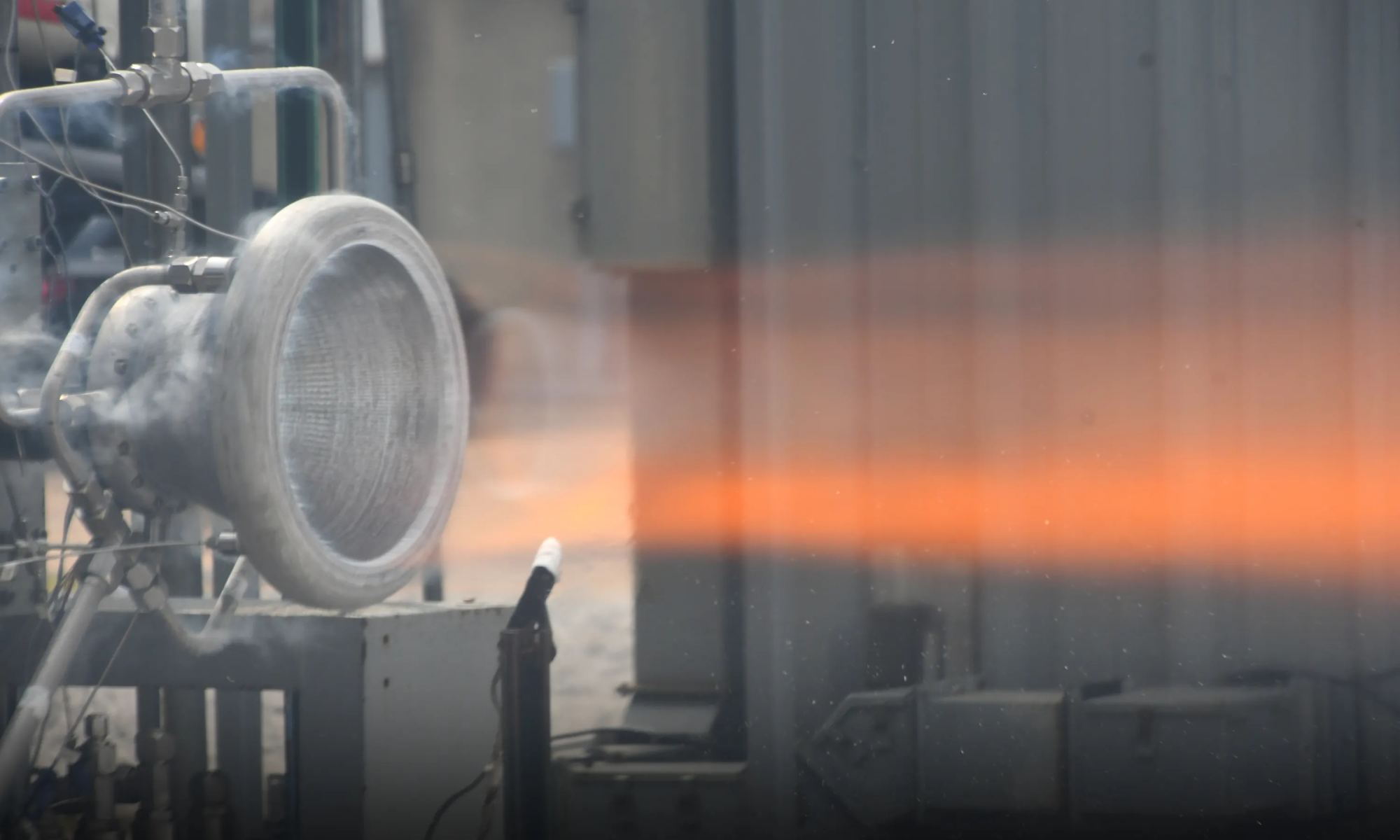When it comes to the current era of space exploration, one of the most important trends is the way new technologies and processes are lowering the cost of sending crews and payloads to space. Beyond the commercial space sector and the development of retrievable and reusable rockets, space agencies are also finding new ways to make space more accessible and affordable. This includes NASA, which recently built and tested an aluminum rocket engine nozzle manufactured using their new Reactive Additive Manufacturing for the Fourth Industrial Revolution (RAMFIRE) process.
Additive manufacturing (AM), otherwise known as 3D printing, has led to a revolution in manufacturing. Unlike traditional machine production, which fashions things from raw materials and throws away what is not used, 3D printing builds made-to-order components from the bottom up. This production process creates virtually no waste and is very rapid, cost-effective, and efficient compared to traditional methods. Whereas it was once confined to modeling and prototyping, the technology’s applications have expanded considerably in recent years – including the aerospace industry.
The aluminum nozzle was developed by NASA’s Announcement of Collaborative Opportunity in partnership with the leading AM company Elementum 3D. Based in Erie, Colorado, Elementum 3D specializes in metal alloy additive manufacturing research, material and print process development, and scaled-production methods. In 2020, the company was selected as part of an Announcement of Collaborative Opportunity to create a weldable type of aluminum that is heat-resistant enough to be used in rocket engines, leading to the aluminum variant known as A6061-RAM2.
Compared to other metals, aluminum has a lower density and can enable high-strength, lightweight components. However, with conventional manufacturing, a rocket nozzle may require a thousand individually joined parts. This makes aluminum impractical since it has a low tolerance to extreme heat and a tendency to crack during welding. The RAMFIRE process, which was funded under NASA’s Space Technology Mission Directorate (STMD), does away with this by producing aluminum components as a single piece, requiring far fewer bonds and significantly reduced manufacturing time.
In addition, the nozzles are designed with small internal channels that keep the nozzle cool enough to prevent melting. Meanwhile, the RAMFIRE 3D printer and process were developed by another commercial partner, RPM Innovations (RPMI). This South Dakota-based company specializes in Directed Energy Deposition (DED), where layers of powdered alloy are deposited and fused by lasers. When combined with Elementum 3D’s specialized aluminum powder, the resulting process is known as laser powder-directed energy deposition (LP-DED).
Earlier this summer, two RAMFIRE nozzles completed a series of hot-fire tests at the Marshall Space Flight Center’s East Test Area in Huntsville, Alabama. The nozzles performed well using liquid oxygen (LOX) and liquid hydrogen (LH2), as well as LOX and liquid methane fuel configurations, and at pressures exceeding 5690 kilopascals (825 psi) – higher than what is anticipated for launches. The nozzles successfully completed 22 start tests and fired for nearly 10 minutes, demonstrating that they can operate in the most demanding deep-space environments. Paul Gradl, RAMFIRE principal investigator at NASA Marshall, said in a NASA press release:
“Industry partnerships with specialty manufacturing vendors aid in advancing the supply base and help make additive manufacturing more accessible for NASA missions and the broader commercial and aerospace industry. This test series marks a significant milestone for the nozzle. After putting the nozzle through the paces of a demanding hot-fire test series, we’ve demonstrated the nozzle can survive the thermal, structural, and pressure loads for a lunar lander scale engine.”

NASA also demonstrated the effectiveness of 3D-printed components in March 2023 when Relativity Space test-launched their Terran 1 rocket from Cape Canaveral Space Force Station in Florida. This test rocket was the first to be made entirely of 3D-printed parts, including nine engines made of an innovative alloy known as Glenn Research Copper (GRCop). These engines were additively manufactured at NASA’s Glenn Research Center under the agency’s Game Changing Development program, and were able to tolerate temperatures approaching 3,315 °C (6,000 °F) – up to 40% higher than traditional copper alloys.
In addition to rocket nozzles and engines, RAMFIRE has also manufactured a 91-centimeter (36-inch) diameter aerospike nozzle incorporating components for cryogenic fuel applications. These innovations are crucial to NASA’s Moon to Mars program, which includes Project Artemis and returning astronauts to the Moon, and the creation of the lunar infrastructure necessary to mount crewed missions to Mars. Intrinsic to this program is the capability of sending larger payloads to the Moon, Mars, and other deep-space destinations.
By manufacturing lightweight rocket components capable of withstanding higher structural loads and extreme temperatures, NASA is one step closer to returning to the Moon (to stay) and placing boots on Martian soil. Said John Vickers, the principal technologist for STMD advanced manufacturing:
“Mass is critical for NASA’s future deep space missions. Projects like this mature additive manufacturing along with advanced materials, and will help evolve new propulsion systems, in-space manufacturing, and infrastructure needed for NASA’s ambitious missions to the Moon, Mars, and beyond.”
Further Reading: NASA

